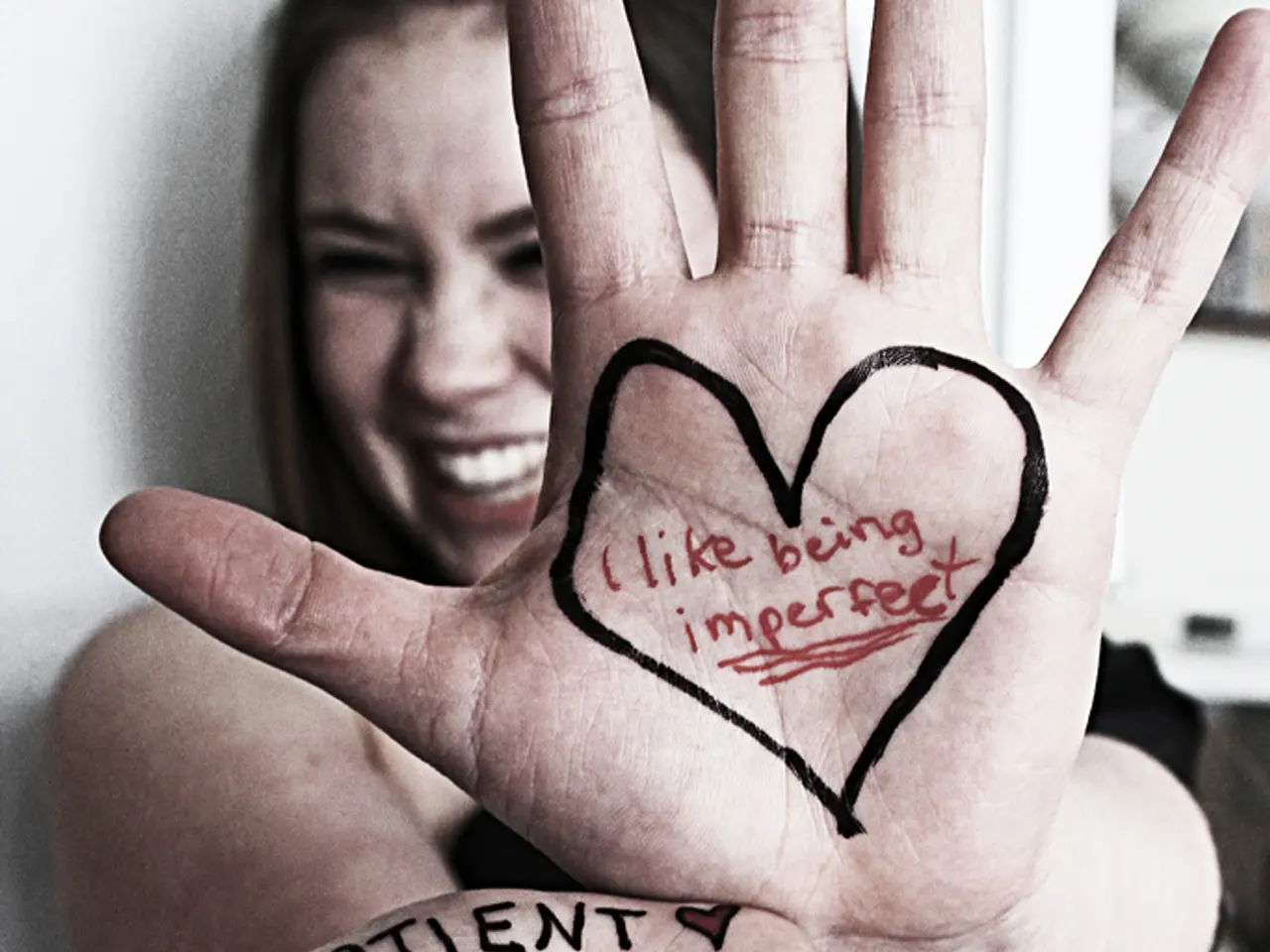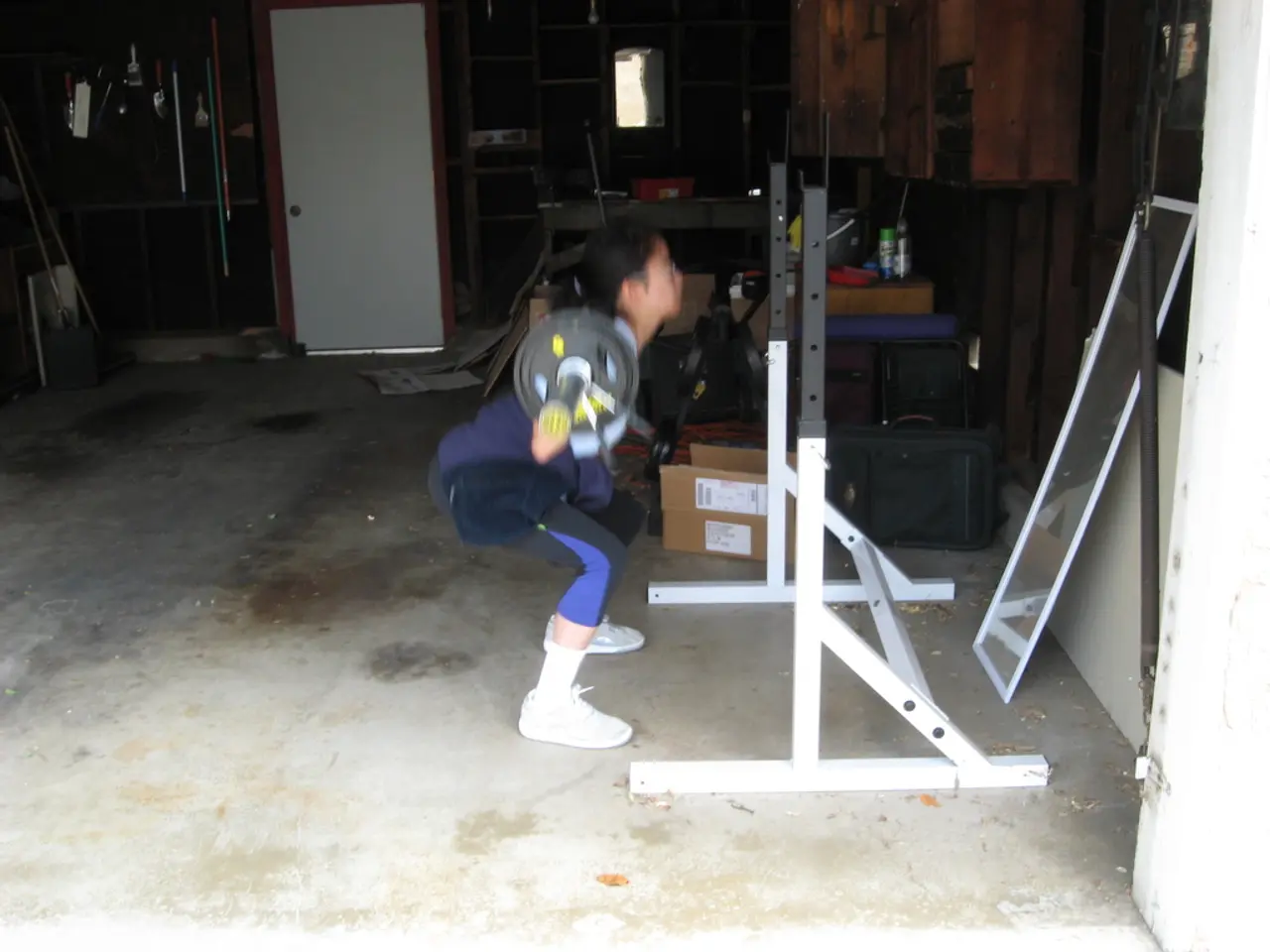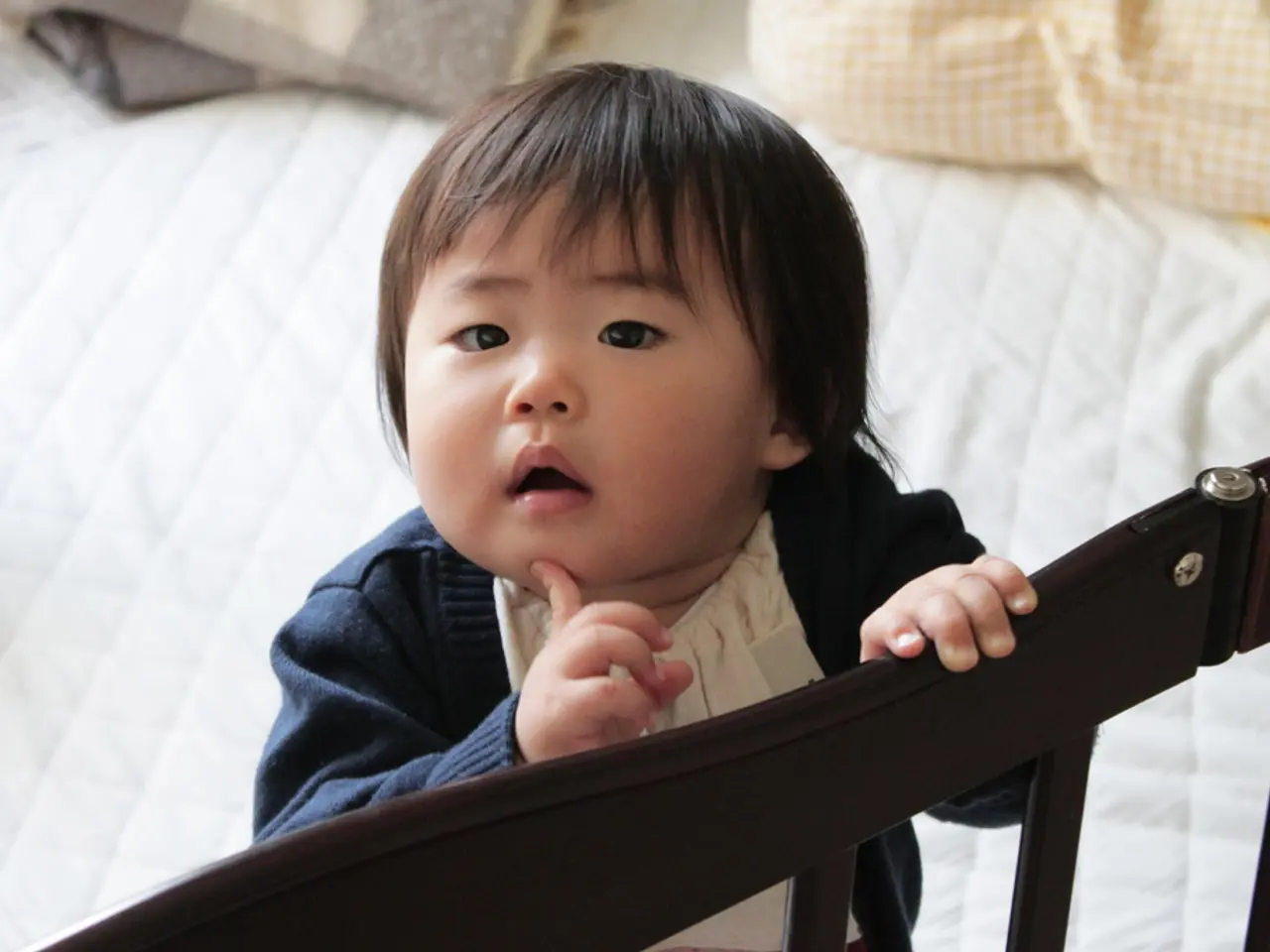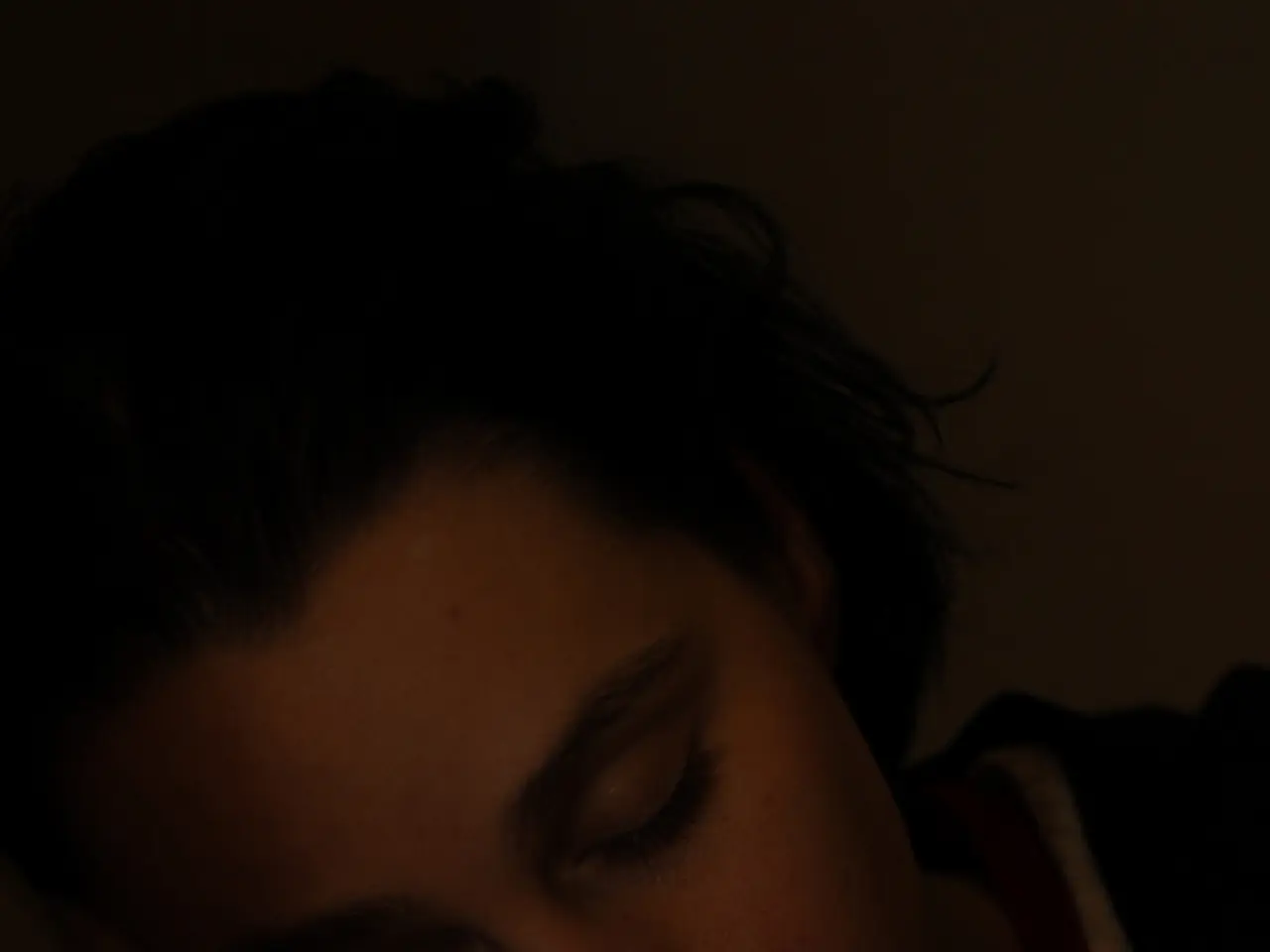Teenage Breast Cancer Occurrence and Warning Signs: Frequency and Signs to Notice
In the journey of adolescence, hormonal changes play a crucial role in various aspects, including breast development. This process is primarily driven by an increase in estrogen, a hormone that stimulates the growth of breast tissue. The first sign of puberty in girls often begins with the formation of small lumps called breast buds under the nipples, which may grow unevenly at first and cause occasional soreness or tenderness[1][5].
However, when it comes to breast cancer concerns in teenagers, the risk is extremely low, close to zero. Most breast changes observed in teenagers are benign and related to the natural hormonal fluctuations of puberty rather than malignancy[2].
While hormonal fluctuations during puberty can lead to cell proliferation, cancer development generally results from a complex interaction of hormonal, genetic, and environmental factors over a longer time period, making it exceedingly rare in adolescence[2].
As a precautionary measure, teens can benefit from learning to recognize what feels normal in their breasts and practicing regular self-exams as a lifelong habit, although breast cancer screening and concern typically begin much later in life.
In summary:
- Breast development in puberty is driven by increased estrogen causing growth and changes in breast tissue, sometimes causing soreness or uneven growth. - The risk of breast cancer in teenagers is negligible, and most breast changes are normal puberty-related fluctuations. - Learning breast self-awareness during adolescence is encouraged for future health monitoring but early breast cancer is not a significant concern for teens[1][2][5].
It's important to remember that any unusual or persistent breast changes can be evaluated by a healthcare provider for reassurance. If a teen notices any changes such as a change in breast shape, texture, or the appearance of a new lump, they should see a doctor for diagnosis and treatment[6].
Fibrocystic breasts, which contain many cysts and may feel lumpy, and benign breast tumors like fibroadenoma, are common among women in their 20s and 30s[7]. Teens with fibrocystic breasts should consult a doctor about their concerns.
A 2023 report found that survival rates for people 40 years and younger with breast cancer varied based on the stage at diagnosis[3]. Therefore, prompt treatment is crucial for improving outcomes, particularly for noninvasive breast cancers[4].
Treatments for breast cancer may include chemotherapy, radiation, medication, surgery, or a combination[8]. If a teen is diagnosed with breast cancer, they can rest assured that with prompt treatment, the outlook is generally good, especially for noninvasive breast cancers[4].
In conclusion, while breast development in teenagers is a natural process, it's essential to be aware of any unusual or persistent changes and to consult a healthcare provider if necessary. The risk of breast cancer is extremely low, but regular self-exams and maintaining breast self-awareness can help detect early signs of breast cancer, should they arise in the future.
References: [1] Mayo Clinic. (2021). Breast development in girls: What's normal? https://www.mayoclinic.org/healthy-lifestyle/childrens-health/expert-answers/breast-development-in-girls/faq-20058155 [2] American Cancer Society. (2021). Breast Cancer in Young Women. https://www.cancer.org/cancer/breast-cancer/about/breast-cancer-in-young-women.html [3] American Society of Clinical Oncology. (2023). Breast Cancer in Young Women: ASCO's Expert Information. https://www.cancer.net/cancer-types/breast-cancer/young-women [4] National Cancer Institute. (2021). Breast Cancer in Young Women. https://www.cancer.gov/types/breast/patient/young-women-treatment-pdq [5] National Institutes of Health. (2021). Puberty: What's Happening to My Body? https://www.nih.gov/health-information/nih-clinical-research-extras/puberty-whats-happening-my-body [6] American Cancer Society. (2021). Signs and Symptoms of Breast Cancer. https://www.cancer.org/cancer/breast-cancer/about/signs-and-symptoms.html [7] American Cancer Society. (2021). Fibrocystic Breast Condition. https://www.cancer.org/cancer/breast-cancer/causes-risks-prevention/fibrocystic-breast-condition.html [8] American Cancer Society. (2021). Treating Breast Cancer. https://www.cancer.org/cancer/breast-cancer/treatment/index.html
- Many women in their 20s and 30s may experience fibrocystic breasts, which are characterized by multiple cysts and a lumpy feel.
- Benign breast tumors like fibroadenoma are also common among this age group, and teens with such symptoms should consult a healthcare provider for assistance.
- A 2023 report indicated that survival rates for breast cancer in individuals 40 years and younger vary depending on the stage at diagnosis, with prompt treatment being crucial for improving outcomes.
- Treatments for breast cancer can include chemotherapy, radiation, medication, surgery, or a combination of these, and a diagnosis in teens can have a good prognosis, especially for noninvasive breast cancers.
- While menopause is not typically associated with breast health in teenagers, it's important to remember that women's health encompasses various medical conditions affecting different stages of life, including menopause and breast cancer.




